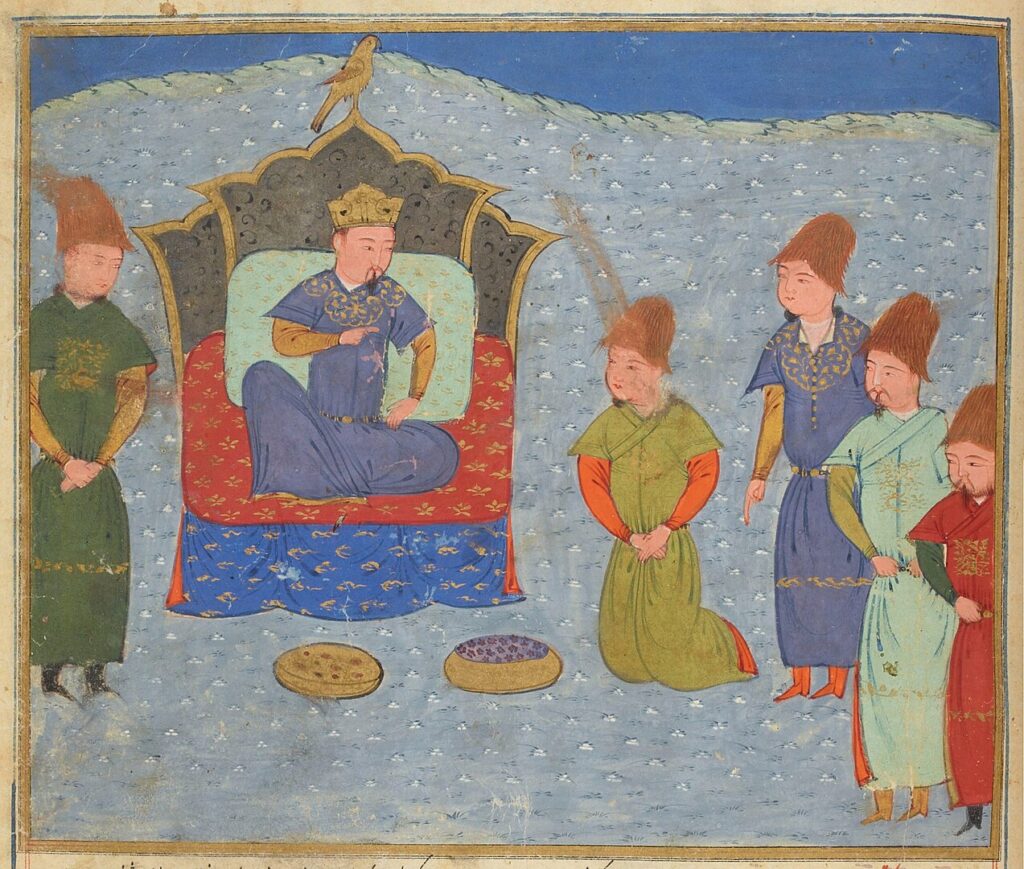 Establishment of the Pax Mongolica
Establishment of the Pax Mongolica
The Mongol Empire, under the leadership of Genghis Khan and his successors, established the Pax Mongolica (“Mongol Peace”), which had a significant impact on trade and communication across Eurasia. This period of relative stability and security facilitated the movement of goods, people, and ideas along the Silk Road and other trade routes. The Mongols implemented measures to protect merchants and travelers, such as issuing trade passports and ensuring the safety of caravan routes.
Expansion of Trade Networks
The expansion of the Mongol Empire connected diverse regions, from China to the Middle East and Europe, creating an extensive network of trade routes. The flow of goods such as silk, spices, textiles, and precious metals increased, leading to economic growth and cultural exchanges. The Mongol support for trade allowed merchants from different backgrounds to operate across the empire, fostering interactions between diverse cultures and economies.
Advancements in Communication
The Mongols introduced innovations in communication that enhanced the efficiency of their vast empire. The establishment of the Yam system, a network of relay stations, enabled rapid transmission of messages and information across long distances. This system allowed for effective governance and coordination, facilitating diplomatic relations and the exchange of knowledge. The Mongols also supported the dissemination of technologies and scientific knowledge, contributing to the intellectual and cultural development of the regions under their control.
Conclusion
The Mongol Empire played a crucial role in enhancing trade and communication across Eurasia. The establishment of the Pax Mongolica and the expansion of trade networks facilitated economic growth and cultural exchanges, leaving a lasting impact on the development of medieval trade and communication systems.